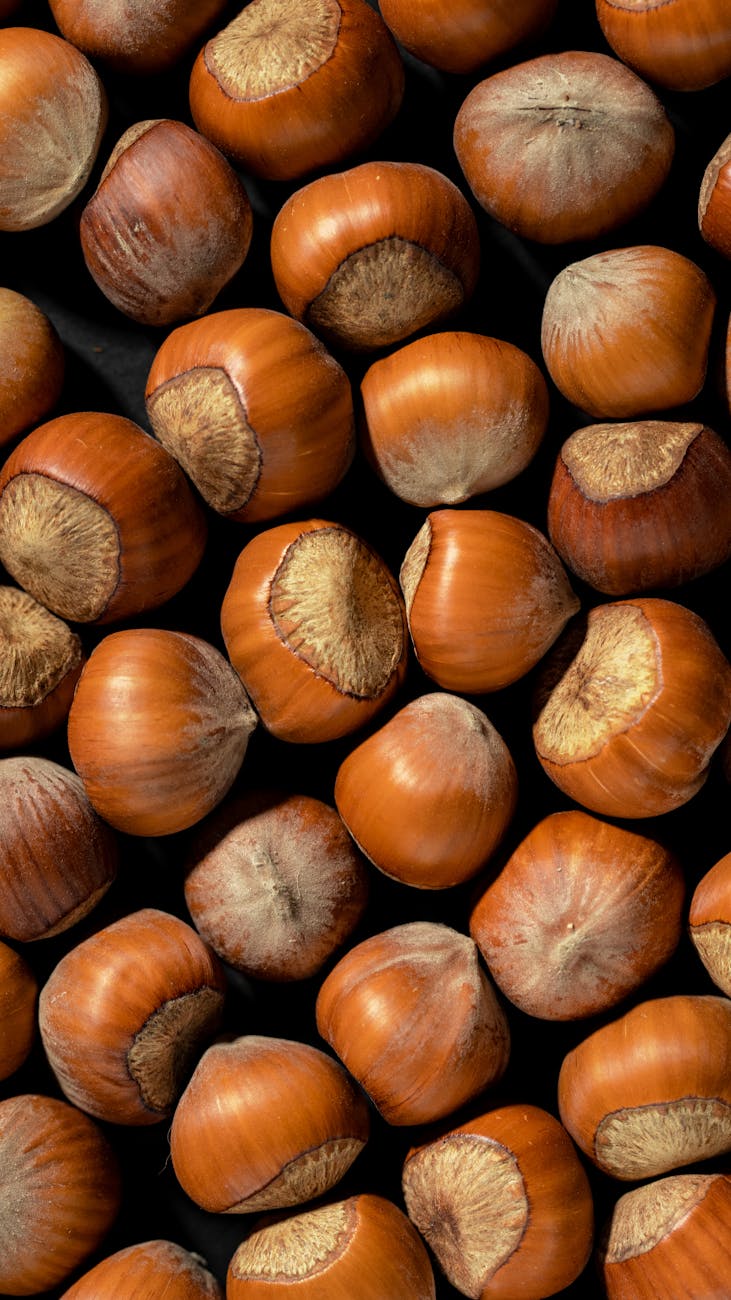Deciphering Dry Grams in a Cup
In the wonderful chaos of cooking and baking, nailing down how to measure dry ingredients without any drama is like your secret weapon. Whether you’re sticking to a recipe or going rogue in the kitchen, getting those grams on point is all about making your food magic happen. Let’s break down how to measure dry stuff like a pro and crack the code on switching from cups to grams.
Understanding Dry Ingredients Measurement
For dry ingredients, being spot-on matters. A pinch more or less of flour or sugar can throw off your masterpiece — nobody wants that! Knowing your way around scooping, leveling, or better yet, a trusty kitchen scale, can save your day. Dive into our nifty piece on how many grams are in a cup? to level up your measuring game.
Converting Cups to Grams: A Comprehensive Guide
Switching from cups to grams isn’t just a kitchen fad; it’s handy, especially with global recipes or when you need things ultra-precise. Since different ingredients aren’t created equal in density world, what goes for flour won’t fly for sugar or almonds. Check out our cheat sheet below, showing the usual suspects in the cup-to-gram race:
| Ingredient | Cup (approx.) | Grams (approx.) |
|---|---|---|
| All-Purpose Flour | 1 cup | 125g |
| Granulated Sugar | 1 cup | 200g |
| Brown Sugar (packed) | 1 cup | 220g |
| Butter | 1 cup | 227g |
| Rolled Oats | 1 cup | 90g |
| Almond Flour | 1 cup | 96g |
| Baking Powder | 1 cup | 192g |
By keeping this table handy and tweaking your measurements, you’ll hit the mark with your culinary adventures. Getting those grams right isn’t just about taste and texture; it’s the backbone of any winning recipe. For more tips on getting measurements just right and hitting the sweet spot with your dry stuff, swing by our detailed guide on how many grams in a cup of rice?.
Practical Application
Cooking and baking can be like a science experiment in your kitchen. Getting those dry ingredients spot-on is a game-changer. Nailing down the cup-to-gram conversions is where the magic happens—it’s a small step that can spell the difference between oh-so-tasty and a total flop. So, let’s dive into some of those ingredients and their conversions to help you cook up a storm.
Common Dry Ingredients and Their Cup to Gram Equivalent
Here’s your handy sidekick for turning cups into grams for some of your go-to dry ingredients:
| Dry Ingredient | Cup Measurement | Gram Equivalent |
|---|---|---|
| All-Purpose Flour | 1 cup | 120 grams |
| Granulated Sugar | 1 cup | 200 grams |
| Brown Sugar (packed) | 1 cup | 220 grams |
| Baking Powder | 1 teaspoon | 4 grams |
| Baking Soda | 1 teaspoon | 5 grams |
| Salt | 1 teaspoon | 6 grams |
| Cocoa Powder | 1 cup | 90 grams |
| Chopped Nuts | 1 cup | 120 grams |
| Rolled Oats | 1 cup | 90 grams |
Once you get the hang of these, your cookies will thank you. It’s all about keeping your dishes deliciously consistent. For more cup-to-gram goodies, check out our full guide on converting cups to grams like a pro.
Tips for Accurate Measurement of Dry Ingredients
Let’s keep those measuring muscles flexed with a few tricks to get every scoop right:
- Spoon and level it out: Pile that flour or sugar in a cup with a spoon and skim off the top with a flat tool to keep things exact.
- Use the right gear: A solid set of measuring cups and spoons is worth its weight in gold for keeping measurements consistent.
- Skip the squish: When measuring stuff like flour, give it room to breathe. Packing it in too tight could mess up your masterpiece.
- Sift it: If you’re working with clumpy suspects like flour or cocoa powder, give ’em a sift so they don’t throw off your count.
- Double-check conversions: Cooking from a recipe that’s not local? Make sure those cup-to-gram conversions are on point to avoid mix-ups.
With these tips, you’ll be the superstar of the kitchen, crafting treats that wow every single time. Just remember, getting those measurements right is the secret superpower of great cooking and baking.





